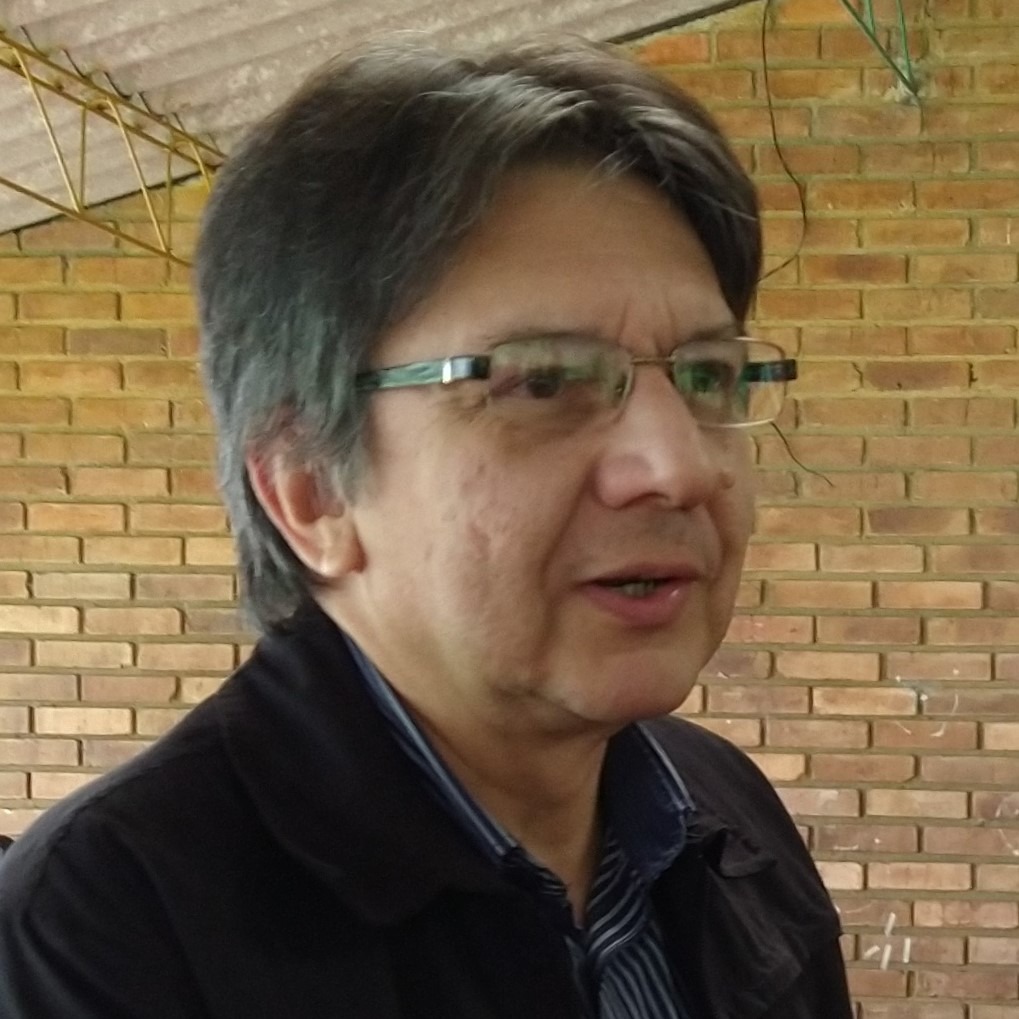Aug. 24 marked six months since Russia’s most recent invasion of Ukraine. Wide-scale violence is a blight occurring in many places in our world, yet the ongoing conflict in Ukraine continues to stand out in the news and on the minds of many people in the global north.
Anabaptists have a long, storied tradition of refusing to meet violence with violence. Yet, for many Anabaptists in North America who can trace their ancestry to Ukraine and the surrounding areas, seeing imagery of leveled cities with familiar names and families fleeing their home country in a way not unlike their own ancestors had, lent a personal connection to a physically distant conflict.
"How can I be a peace witness in time of war?" is a question that remains as relevant today as it was on Feb. 24. Anabaptists around the world who live in communities where violence is an everyday reality profess their answers in their daily witnesses. The following article is an example of what that peace witness looks like.
Violence and weapons have always been a temptation for humanity. Jesus and his disciples confronted this. When Jesus was about to be arrested, some of his disciples encouraged him to use weapons, but he rejected this option (Luke 22:49-51). On another occasion, he invited his disciples not only to reject violence but to love their enemies, not taking revenge on those who hurt them (Matthew 5:43-48). Therefore, following Jesus not only requires a confession of faith but also following him to the cross, which implies an ethic of non-violence.
The Anabaptists of the 16th century embodied well the ethic of non-violence, despite the persecution and martyrdom to which they were subjected. They considered the gospel of Jesus a gospel of peace, and they believed that there was no indication in the biblical account that Jesus had used violence. They understood that the kingdom of God was a kingdom of peace that opposed the violent kingdoms of this world. Therefore, the community of believers should be builders of peace, rejecting the use of weapons and participation in wars. Hence, they believed the doctrine of just war, proclaimed by Augustine, was not compatible with the peace-making gospel of Jesus, that weapons should become instruments of work and that no one should enlist to make war (Isaiah 2: 2-4).
In my work as a teacher and researcher at the Universidad Reformada, I have visited communities that follow the path of non-violence, non-revenge, the abandonment of weapons and the rejection of war. One of these communities is Tierra Grata, which is located in the mountains on the Colombian Caribbean coast andhas existed for more than five years in one of the so-called peace territories that exist in the country. It is a community made up of former combatants, men and women of the Revolutionary Armed Forces of Colombia-People’s Army (FARC-EP), who signed the peace agreement with the Colombian government in November 2016, after 50 years of armed conflict.
From my visits and conversations with their members, I can testify that these communities have not only laid down their weapons and the work of war, but they are now peace builders, working towards reparations with the victims of war, supporting rural communities and mothers who are heads of families, and developing community projects. They have beaten "their swords into plowshares, and their spears into pruning hooks " (Isaiah 2:4 NRSV). Previously, their knowledge and skills were put at the service of war; now, they are at the service of peace. In the words of one person, "It is a commitment to reconciliation for the coming generation."
However, for them, staying on the path of peace has not been easy. The government breached several points of the peace agreement, and this, along with the murders of nearly 300 ex-combatants, in different parts of the country, has put their non-violence to the test. The temptation to return to violence and weapons is still latent. Despite this, they have remained firm in their commitment to peace and their desire that war never returns. One of the members of Tierra Grata gave voice to this in song:
Yes, war is the worst, it’s the truth,
in the fields and the city, crying was heard,
for death and terror that produce pain,
people could not speak for fear.
That’s why, lady peace, come here,
I open my heart to you, let’s talk
if you really came to Colombia,
It was of the white dove that leaves,
My Colombia has really suffered so much,
I beg you please stay here
so that in Colombia there is freedom,
and war, oh my God! don’t come back anymore.
In the community of Tierra Grata, the practice of nonviolence is observed, as taught by Jesus and our Anabaptist legacy. Such a practice requires not only goodwill but concrete actions, such as the laying down of arms and a firm commitment not to go to war. They have recognized that force is not the way to achieve change. In addition, the fact that the costs of war, both economically and morally, are much greater than the path of peace. Therefore, they believe that staying in the peace territories and participating in the country’s decisions through political participation is a better way.








